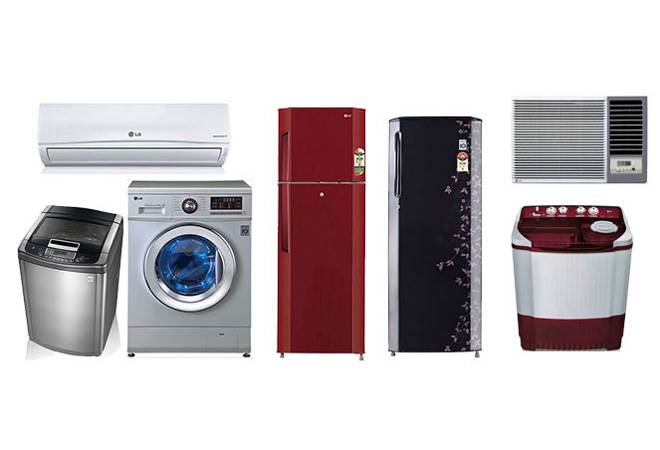
Jan 16, 2017: There are two types of energy consumed by an appliance. The one that we’re most familiar with is the energy used while the appliance is in operation (or in case of vampire power, while it is plugged in). The other type — and what you’re inquiring about — is known as embodied energy: the energy required by the other phases of an appliance’s life cycle. As you astutely point out, it takes energy to manufacture an appliance, (as well to acquire the raw materials), transport it to factories, warehouses, stores and homes, and then to dispose of it via recycling or landfill.
Energy consumption is greatest during use phase
As far as I am aware, Energy Star looks only at energy consumed by the use of an appliance and does not consider embodied energy. With some types of products, that would be a serious limitation. Appliances, though, tend to last a fairly long time and the vast majority of appliances’ energy consumption occurs during that usage phase. One way to think of it: the appliance is manufactured (and disposed of) once, but used many, many times.
That said, I suspect you are right that appliances are not as durable as they once were, probably due to their increasing complexity and reliance on electronic components. I dread the day when the controller on my range goes all HAL on me (what do you think you’re cooking, Dave?) because repairing it will cost nearly as much as getting a new range.
